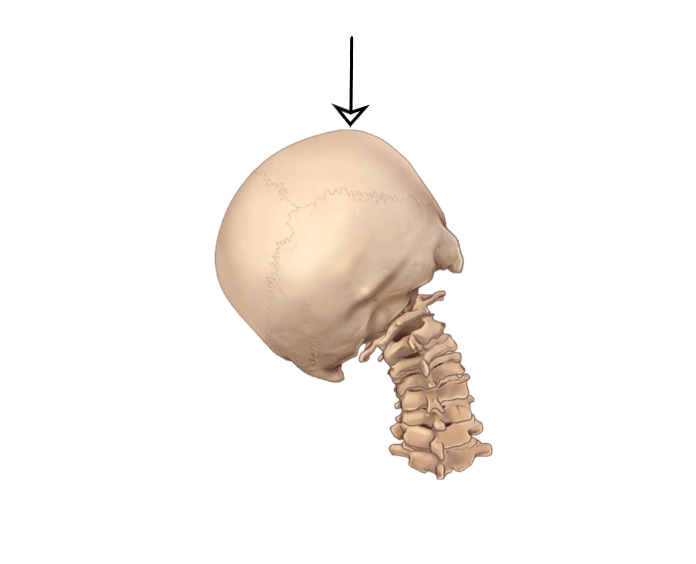Fulcrum test
Purpose of Fulcrum test (anterior glenohumeral instability): To test if there is an anterior instability of the glenohumeral joint (1). Patient position: Supine lying. Examiner position: Stand facing the patient’s affected side. Procedure: Gently flex the patient’s affected side elbow joint to 90 degrees and abduct the shoulder joint to 90 degrees, maintaining the humerus in neutral rotation. Gently perform lateral rotation of the patient’s … Continue reading Fulcrum test

